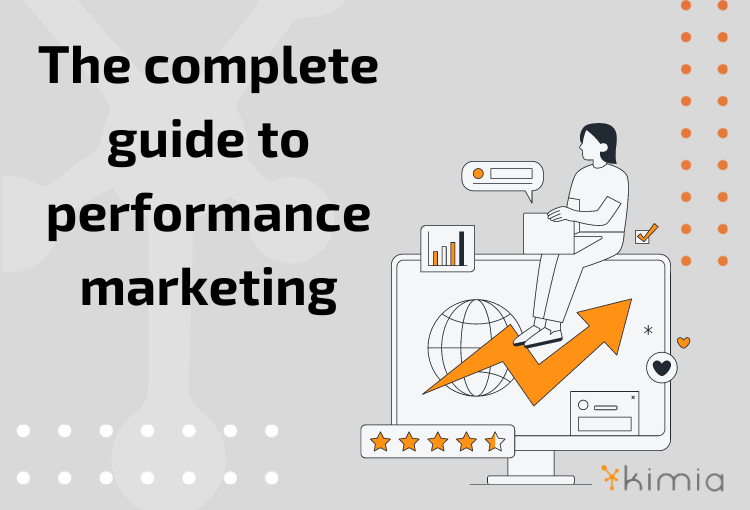
Companies involved in the e-commerce industry, a saturated and competitive market, make great efforts to stand out from the crowd. Thinking outside the box using innovative approaches such as programmatic media buying reduces costs while giving companies the ability to precisely target and personalize campaigns.
However, in this saturated market, success ultimately hinges on converting efforts into tangible results. This is where performance marketing comes into play, focusing on crafting digital advertising strategies that drive measurable outcomes, whether in clicks, leads, or sales.
In this article you can find the complete guide to developing performance marketing strategies. Take a look.
The Foundations of Performance Marketing
There are three core concepts that collectively form the foundation of performance marketing’s effectiveness. The first one is having measurable goals. Establishing clear and measurable objectives provides a framework for evaluating the effectiveness of marketing efforts. These objectives serve as benchmarks against which performance can be assessed and necessary adjustments can be made.
The second key concept is to adopt a pay-for-performance model. Embracing it ensures that advertisers only pay when specific actions are achieved. This alignment of interests between advertisers and publishers minimizes the risk of ineffective spending.
Finally, it’s crucial to have a direct response focus: performance marketing aims to prompt immediate user action, whether it’s making a purchase, subscribing to a newsletter, or downloading an application. By focusing on direct response, campaigns are designed to drive conversions swiftly, enabling timely optimizations.
Paid marketing channels
Performance marketing leverages various paid marketing channels, each with its own dynamics, advantages, and drawbacks. Understanding these channels empowers advertisers to tailor their strategies for both short-term campaign success and long-term sustainability.
Search Engine Marketing (SEM) enables advertisers to target users actively searching for relevant products or services by selecting specific keywords. Effective SEM strategies rely on thorough keyword research to maximize visibility to potential buyers.
Through sponsored advertising advertisers can obtain high quality traffic, enhancing brand visibility and conversions. These sponsored articles seamlessly blend with content, positively impacting brand awareness and consumer behavior.
Investing in advertising in social media allows brands to set clear and easily measurable KPIs. Furthermore, facilitating the correlation of conversions with ad investment and ROI evaluation.
Many brands find affiliate marketing to be one of the most efficient channels in terms of ROI assessment. It enables brands to leverage multiple affiliates without significant budgetary constraints.
Native advertising pairs quality content with targeted distribution, overcoming ad blockers and blindness to yield higher click-through rates than traditional online advertising methods.
How to measure performance marketing?
Performance marketing is all about getting users to act. Thus, it is logical to outline the vital metrics that serve to measure these actions aligned to specific goals. Some of the main performance marketing KPIs are CPA, impressions, engagement, clicks, leads or sales, directly.
However, no matter the KPI, tracking is central. Real-time tracking and analysis are imperative for detecting and rectifying issues promptly, preventing budgetary losses.
Our agency Tidart specializes in developing customized 360º strategies covering each and every one of the different phases of the conversion funnel based on each client’s goals. They apply their own innovative technology to optimize any advertising investment and generate tangible results. Click here to learn more!
